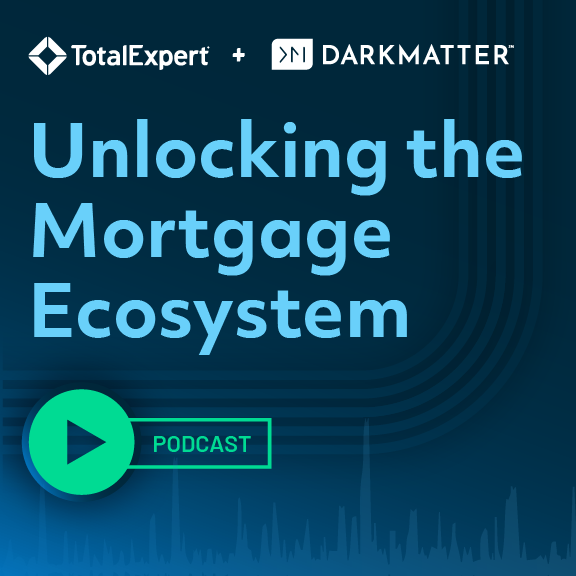Everywhere you look, change is in the air: new channels, new technology, more data, increased expectations.Marketing has undergone major shifts in recent years and the pace of change will only continue to accelerate.
All these changes to marketing require banks to not only adopt new technology solutions but also embrace new skillsets if they hope to stay relevant and keep up in an industry poised for consolidation and disruption.
Challenger banks and fintech organizations have entire systems engineered around the seamless digital experiences consumers have come to expect and they don’t struggle with their legacy – or legacy systems.
So, what should today’s banking CMOs keep in mind as they navigate this new Era of Marketing?
Here are three ways modern marketing has changed the banking industry – and what you’ll need to keep in mind to help your relationship managers embrace their new reality.
1. More Automation Shouldn’t Mean Less Personalization
Done right, social media, e-mail, chatbots, online banking and marketing automation keep us in constant contact with the world around us. Done wrong, all these channels just create more noise and disengage customers, squashing the brand loyalty and lifelong customer relationships that come from face-to-face interactions.
It can be tricky to navigate. Consumers are demanding digital services that cater to their sense of urgency but still want that “personal touch,” with access to hyper-personalized human advice when they need it.
The challenge is to balance the two.
As a marketing leader, it’s your job to empower your relationship managers and customer-facing teams by supporting strong personal brands at the local level. Provide them with scalable campaigns they can use to educate, upsell and cross-sell to customers when it makes sense to do so. Most consumers prefer working with relationship managers who “get them” rather than generic recommendations based on broad demographics. Modern technology, particularly intelligent automation, makes it possible to reach the consumer with the right message at the right time and place – physical or virtual.
2. More Data Shouldn’t Result in More Confusion
Banks are sitting on mountains of data: data on risks associated with the market, liquidity and credit as well as customer data generated from decades of interactions and transactions.
However, what’s a mountain of data without insight? A pile of numbers.
Banks can transform that data into meaningful information and leverage insights to market the right products and services to new and existing customers, boosting sales, retention – and the bottom line. It’s not enough to simply gather raw data across multiple, disparate systems.
Executive leadership must develop a clear strategy to capture, process and analyze those numbers across a single, trusted solution. The emphasis on mining troves of data for actionable insights means banks will also have to focus on upgrades or invest in best-of-breed technology solutions – and partners – that can process, analyze and transmit that information beyond what is in place at most organizations.
3. Greater Innovation Means Fiercer Competition
Trust in a brand – particularly in the banking industry – is no longer determined by how long it’s been around. A report from Scratch, a team operating within media company Viacom, revealed one-third of the 10,000 people surveyed believed they would not need a bank at all in the future.
In addition to consumer pressure to innovate around products, services and, above all, the customer experience, tech giants such as Amazon are venturing into the industry. Bain & Company reports 65 percent of Amazon Prime respondents would try a free online bank account offered by Amazon. The very thought of Amazon bank accounts should strike fear into the hearts of banking executives across the country.
Traditional banks can still win – on one condition: Banks must stop competing with fintech and opt to partner with them instead.
Most customers still identify traditional banks as their primary financial relationship – not to mention the firm grasp traditional banks have on the regulatory landscape. In turn, fintech companies excel at innovation and delighting the customer. Together, banks and fintech companies will find their competitive advantage.
Conclusion: Leveling Up for the New Era of Marketing
Marketing has changed banking forever. While it may seem like those changes have been driven by digitization, it’s actually a shift from volume to value. For the first time, the banking industry can elevate marketing to the role of a strategic partner capable of driving top-line growth and brand loyalty. In this strange new world, the biggest threat facing banks is inaction.
How will you change your marketing mindset to keep pace with the modern demands of your consumer?


